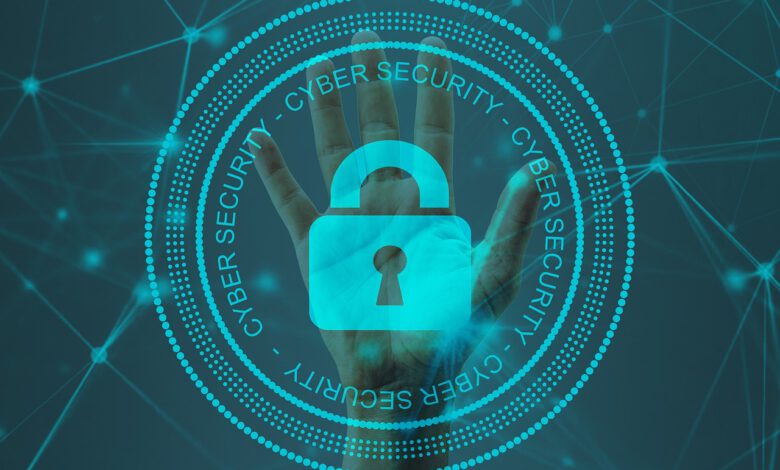What is Zero Trust Network Access?

What is zero trust network access? | Fortinet shares that Zero Trust Network Access is a security model where every entity trying to connect to a network is assumed to be a legitimate user. This model does not care who was previously allowed to access the network. It requires that every entity that attempts to connect be authenticated. Therefore, you need to check their credentials if someone tries to connect to your network. This model is used in a large number of secure networks today.
A Security Model
Zero trust security is an increasingly popular concept for organizations today. Zero trust security is a security model that relies on strong authentication and authorization to protect the data and people within an organization. It can be applied both inside and outside of a network perimeter. It uses analytics, filtering, and logging to monitor continuously for abnormal behavior and signals of compromise. This is a fundamentally different approach to network security.
The Zero Trust approach to security is based on the concept that no person or entity should be able to access an IT system or service without permission. This is a fundamental concept in cyber security, but it is essential to understand the ramifications of this approach. All users and devices should be authenticated and authorized in a Zero Trust environment before gaining access. The system is flexible enough to accommodate workers in different locations and environments.
There are three basic types of authentication methods: multifactor authentication, single-factor authentication, and mandatory AC (MAC) models. For example, in the Bell-LaPadula model, the server and client exchange a certificate that states that it belongs to the entity the client expects it to be. While this is an effective way to secure a system, it does not guarantee that the person is a legitimate user.
Methods
Several methods can be employed to implement zero-trust network access in an organization. Several of these techniques rely on advanced technologies designed to provide reliable verification of user identities and system access. They also aim to improve the user experience and defense against cyber threats. These methods are a good fit for any organization’s security posture. But before implementing them, know what each one can do for you.

A common challenge that organizations face is creating multiple accounts for remote employees. This is time-consuming and can increase the risk of credential theft. Moreover, many enterprises use various databases for their subsidiaries. This makes creating multiple accounts for each database an overwhelming task. Zero trust can solve this problem by ensuring that only a single user can access the network and no one can use the same login. Therefore, segmenting your network is the most effective way to implement zero trust. This will give you a clear idea of who has access to what.
Another method to implement zero trust is to monitor network activity. Monitoring activities on the network will alert you to potential problems and help you optimize your network performance. Regularly produced reports can identify anomalies and provide valuable insights. These reports can evaluate the system’s performance and employee behavior. Moreover, analytics can analyze the data generated by zero trust network access. The resulting insights will help you assess your security controls’ effectiveness.
Cost
While Zero Trust Access may be the future of network security, there are some challenges with implementing it for the enterprise. First, the technology requires redundant technologies to support multiple environments. Second, implementing Zero Trust requires checking device credentials at each access request. Ultimately, this is a cost-effective solution for companies looking to build a solid foundation for digital transformation. Zero trust ensures secure access to all resources by eliminating the need for passwords while keeping users on the same side of the fence.

Third, Zero Trust may present other challenges. For example, companies may need to manage access to legacy systems and integrate it with existing identity providers. Zero Trust solutions may not be the right solution for companies with legacy systems because these systems are integral to daily operations. However, a ZNTA may be able to extend Zero Trust security to legacy systems, reducing the risk of cyber attacks. Therefore, organizations should assess their zero trust needs and budget before choosing the right solution.
Zero Trust is an approach that integrates advanced technologies to verify a user’s identity. These technologies work together to prevent hacking attempts and ensure that assets are hygienic. These systems also help companies protect sensitive data from unauthorized access. By using real-time advanced threat protection and data loss prevention, organizations can cost-effectively achieve zero trust. Zero Trust is a journey. The first step is to identify the best security measures to implement on your network.




